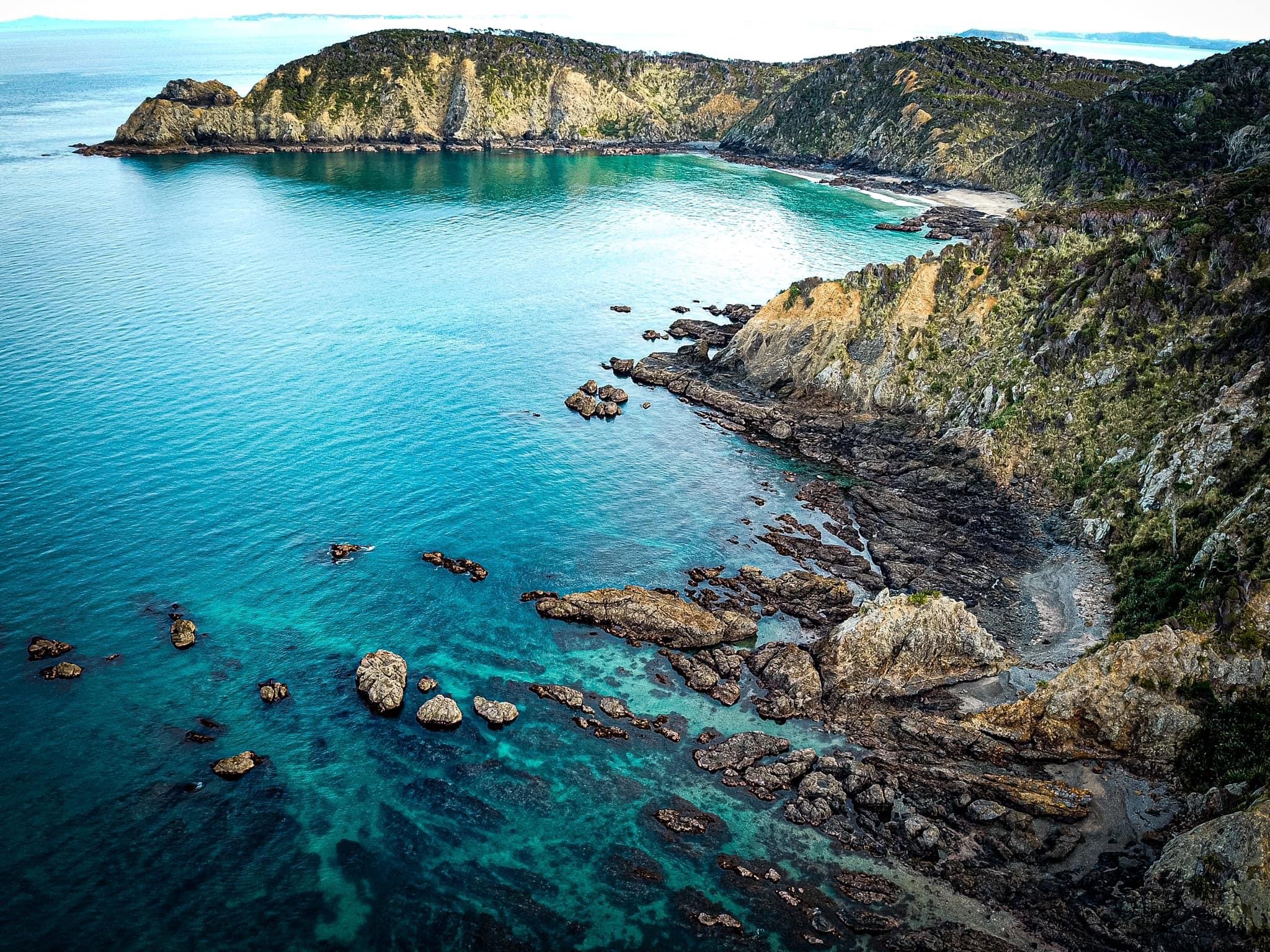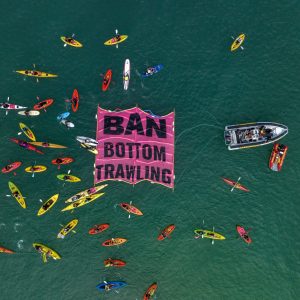WARNING – this content may be highly aggravating. We suggest you take a deep breath before we explain why the Hauraki Gulf Marine Protection Bill will not restore the Hauraki Gulf and instead exclude public access in order to prioritise commercial interests.
Since the Sea Change process began in 2013, all parties involved agreed that the Hauraki Gulf needed effective protection to restore fish populations and diversity. Years of work went into developing an agreed plan that was a mix of marine protection and fisheries management changes. The Hauraki Gulf Tīkapa Moana Marine Protection Bill is about to pass through Parliament, yet it is a hollow shell of the promises made. It’s all about protection and no effective fisheries controls. Not acceptable.
Like all others before it, the process has been captured by industrial fishing interests to ensure the status quo is maintained while the public’s interests are subsumed.
The perfect example is the so-called High Protected Areas (HPAs). Originally proposed as a no-take area with limited Māori customary fishing, the areas could now also allow for indiscriminate commercial gill netting. All while the public is shut out.
This means no fishing with your family in traditional, sheltered and safe areas close to home.
Details of the proposed amendment to the Protection Bill are sketchy. What we know so far is that officials are using clever language to justify allowing commercial fishing in what is supposed to be a highly protected area. Condoning commercial gill netting from boats that have no cameras, in the dark of night, mid-winter, ought to raise a red flag.
In other words, they can operate with no real oversight. And under Fisheries NZ policy, when there are three or fewer fishers operating in a defined area, officials won’t release any information on their catches or locations – citing privacy concerns as an excuse for opacity.
The Hauraki Gulf Marine Park deserves more thoughtful management. Any official serious about more protection in the Marine Park only needs to take another look at the Hauraki Gulf Marine Park Act 2000 and give effect to its purpose and objectives, which have clearly been ignored since the Act was passed into law.
The science is evident that there are multiple issues impacting the Marine Park waters which need to be addressed. None of those have been clearly defined in the Bill, so inevitably, the ‘protective’ solutions currently offered in HPAs are a swing and miss.
Past research has identified that seven of the highest-ranking threats to New Zealand’s marine habitats relate to human activity. The primary threat is sedimentation due to changes in land use. Bottom trawling was the third equal highest ranking threat to marine habitats (alongside invasive species), and shellfish dredging ranked as the second highest threat. [1]
Declaring the Marine Park as a Type 2 marine protected area would mean, no mobile, bottom contact fishing methods would be allowed – banning bottom trawling, dredging and Danish seining from Park waters. Such a ban would also help stem the spread of invasive species such as Caulerpa seaweed. A ban also presents the perfect opportunity to innovate and only permit low-impact fishing techniques to be used in Park waters.
The Bill fails to address the gross amount of land run-off from entering the waterways feeding into the Marine Park. This run-off is killing the nearshore benthic environment, and with it, the habitat for vulnerable spawn to hide and grow. The Regional Councils need to be held accountable. The public don’t seem to be able to make a dent, so it’s up to the politicians to force their hand.
Last but certainly not least, officials must address the elephant in the room – the significant loss of productivity in the Gulf. This requires greater fish abundance and diversity so all creatures can contribute to the ecosystem. But it can only be achieved if the Hauraki Gulf is designated as a separate fisheries management area, so stocks can be reassessed and lower catch limits set to restore all species.
If officials, including the Chair of the Environment Select Committee, Scott Simpson and his National colleagues are serious about marine protection and improving the health of the Gulf, then we need robust and diverse solutions incorporating both protection and fisheries management. Otherwise we risk losing more public space just to satisfy commercial demands.
[1] MacDiarmid, A.; McKenzie, A.; Sturman, J.; Beaumont, J.; Mikaloff-Fletcher, S.;Dunne, J. (2012). Assessment of anthropogenic threats to New Zealand marine habitats. New Zealand Aquatic Environment and Biodiversity Report No. 93. 255 p.





